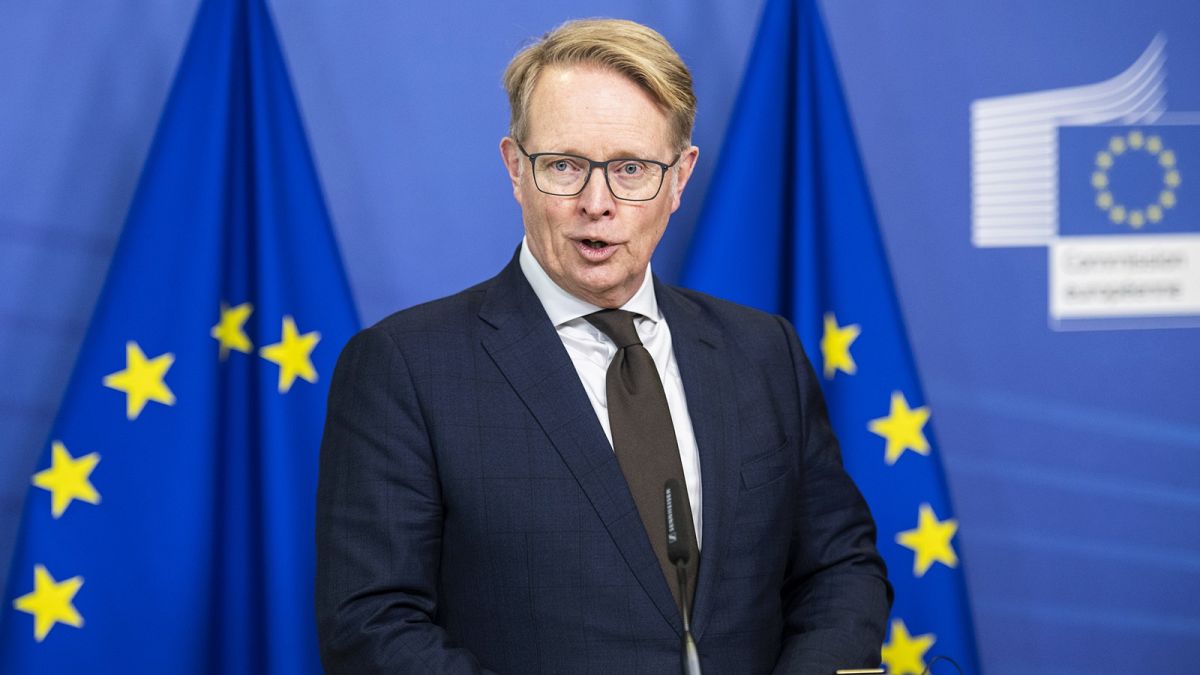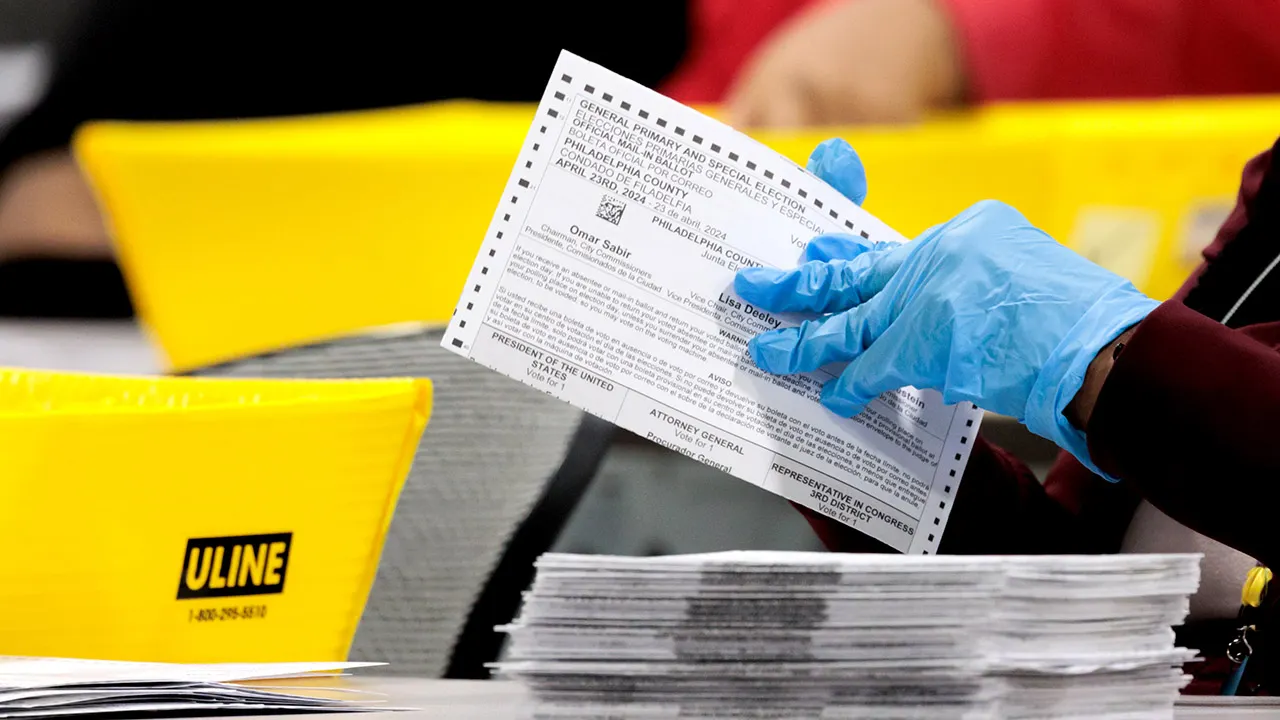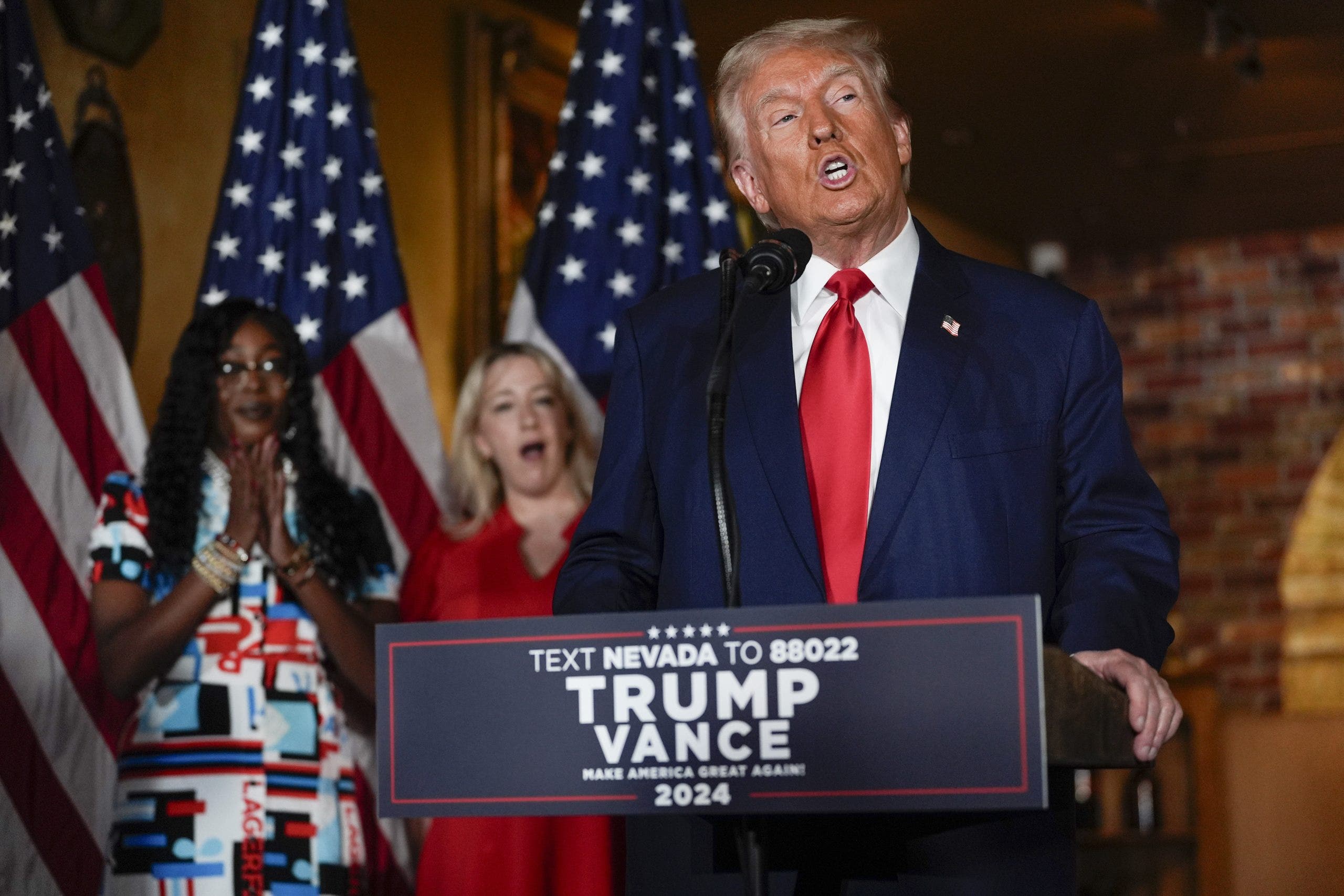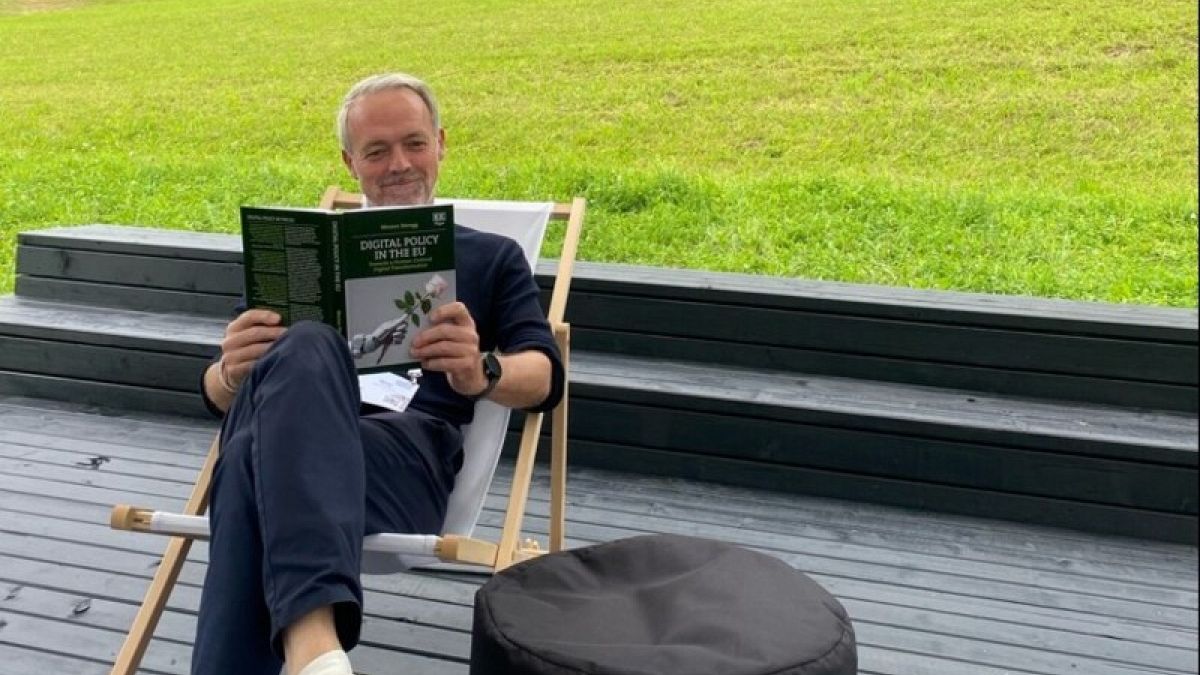President Joe Biden is set to block Nippon Steel’s acquisition of US Steel after his administration concluded that the $14.9bn transaction posed a national security risk that could not be mitigated by the US and Japanese groups.
Several people familiar with the matter said the White House would prevent the acquisition of the Pittsburgh-based group on national security grounds.
Biden’s decision, which is expected in the coming days, comes as Kamala Harris, the Democratic presidential nominee, steps up her campaigning for blue-collar votes in Pennsylvania, a swing state that could decide November’s US election.
Speaking in Pennsylvania on Monday, Harris said the iconic US steelmaker should remain “American owned and American operated”, mirroring the stance that Biden took after Nippon unveiled the deal last year.
While Biden had expressed opposition to the deal, it was being evaluated by the Committee on Foreign Investment in the US, the Treasury-led government panel that vets inbound deals for national security threats.
Two people familiar with the case said Cfius had informed Nippon Steel recently that the deal posed national security concerns that could not be overcome.
The timing of the announcement blocking the deal remains unclear, but Harris will travel to Pittsburgh for a rally on Thursday. She and Republican candidate Donald Trump, who also opposes Nippon Steel’s takeover, will take part in a presidential debate in Philadelphia next week.
Shares in US Steel fell sharply on news of Biden’s planned intervention, dropping 22 per cent or $7.75 to $27.85 in afternoon trading compared with the $55-per-share value of the offer Nippon Steel made in December.
Earlier on Wednesday, US Steel warned that thousands of jobs were “at risk” in Pennsylvania if the acquisition fell through, adding that the lack of a deal would raise “serious questions” about it keeping its Pittsburgh headquarters.
The Treasury declined to comment. The White House did not comment on whether Biden would block the deal, but an official said: “Cfius hasn’t transmitted a recommendation to the president, and that’s the next step in this process.”
Nippon Steel said in a statement: “Nippon Steel have not received any update related to the Cfius process. Since the outset of the regulatory review process, we have been clear with the administration that we do not believe this transaction creates any national security concerns.” It added: “Nippon Steel strongly believes that the US government should appropriately handle procedures on this matter in accordance with the law.”
The Biden administration hopes the decision will boost support among union workers in Pennsylvania, where Harris and Trump and running neck and neck. Trump has said he would block the deal “immediately” if he won the election. The Trump campaign did not respond to a request for comment.
The Biden administration previously described Nippon’s proposed acquisition as a security risk, which many foreign policy experts, and some administration officials in private, have ridiculed. Japan is the most important American ally in the Indo-Pacific and has been working very closely with Washington on a range of efforts to counter China.
“Unfortunately, both sides of the aisle seem to view blocking this deal as a smart political move in an election year,” said Nancy McLernon, head of the Global Business Alliance, which represents foreign multinationals in the US. “However, it’s workers in Pennsylvania and ultimately the country that will pay the price for this shortsighted stance.”
The deal has been opposed by several Democratic and Republican lawmakers in Pennsylvania and by Sherrod Brown, an influential Democratic senator in Ohio, where US Steel also has operations. Brown faces a close re-election fight in November.
“This puts a premium on anticipating the political risk associated with high-profile assets and developing a comprehensive strategy up front because the political pressure can fundamentally change outcomes,” said Ivan Schlager, a veteran Cfius lawyer and partner at Kirkland & Ellis.
US Steel shareholders approved the transaction earlier this year. In addition to the Cfius review, the US justice department is conducting an antitrust review into the implications of the deal for US industry.






























